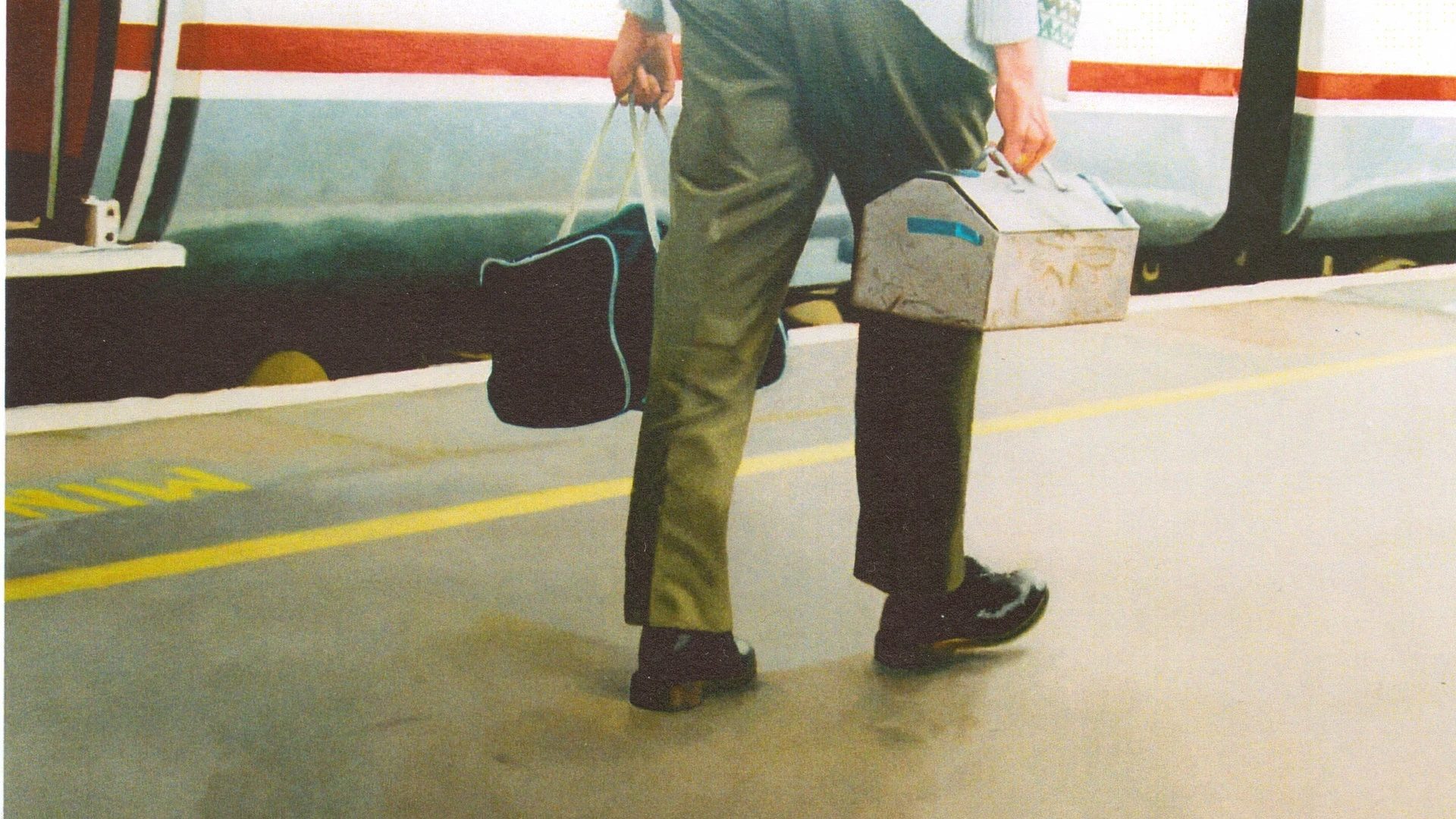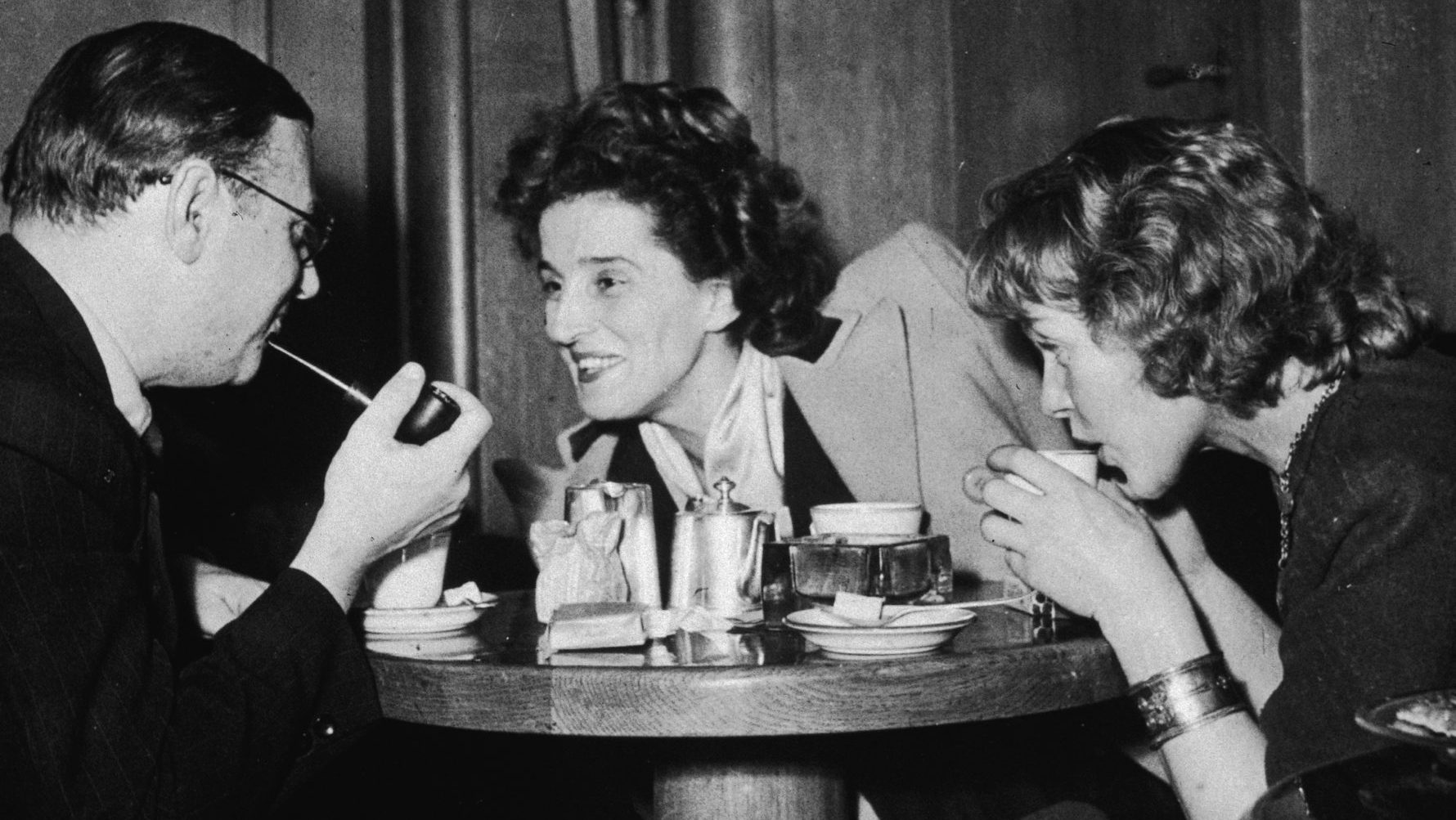Milan is the undisputed design capital of the world, and it’s a brave person who argues against its status in fashion and finance. Art, though, has been another matter.
While Leonardo da Vinci was a big noise here back in the 15th century and in the 20th century the city nurtured the Futurists and elements of Arte Povera, Milan is not generally recognised for its standing on the international art scene, especially when compared to some other Italian rivals. For proof, look no further than the Pinacoteca di Brera, one of the world’s great art galleries, which in a city filled with tourists remains blissfully, if perplexingly empty.
But something is afoot, confirmed by the impending arrival of blue chip gallerist Thaddaeus Ropac, who this autumn will add Milan to outlets in London, Paris, Salzburg and Seoul. Ropac is not alone – London-based gallerist Ben Brown also plans to open a Milan outpost, adding to concerns in London, Hong Kong and New York. A roster of increasingly international galleries at Miart, Milan’s art fair, is another sign of the city’s rising profile; the 2025 edition, held from 3-6 April and coinciding with Milan Art Week, hosted 179 galleries from 31 countries, with London-based dealer Victoria Miro a high profile first-timer.
Recognition as an art market destination is typically considered a boon alongside soaring property prices and widespread gentrification, but it might equally be taken as a sign of social rupture, where extreme wealth acts as a polarising force, displacing communities and livelihoods. It’s no coincidence that Milan’s art capital status comes on the back of tax breaks for foreign nationals resident in Italy. With its thriving fintech sector making it one of Europe’s leading financial centres, Milan is an attractive alternative to the traditional but antiseptic tax haven of Monaco.
Prices in Milan’s residential property market have increased by 49% in the past decade, compared to an Italian nation-wide average of 8.3%. The inevitable by-product of such a sharp rise is gentrification. Students are among the hardest hit, and in October 2023 protests sparked student demonstrations across Italy. It’s a problem that affects workers too, and businesses: last year Milan’s Via Montenapoleone was found to be the world’s most expensive retail location, with rents averaging $2,047 per square foot per year.
As in other cities, including London, the impact of housing poverty reaches beyond individuals to shape social trends in education, social mobility, service provision, and birth rates – which in Italy are now so low to be considered an emergency.
Suggested Reading
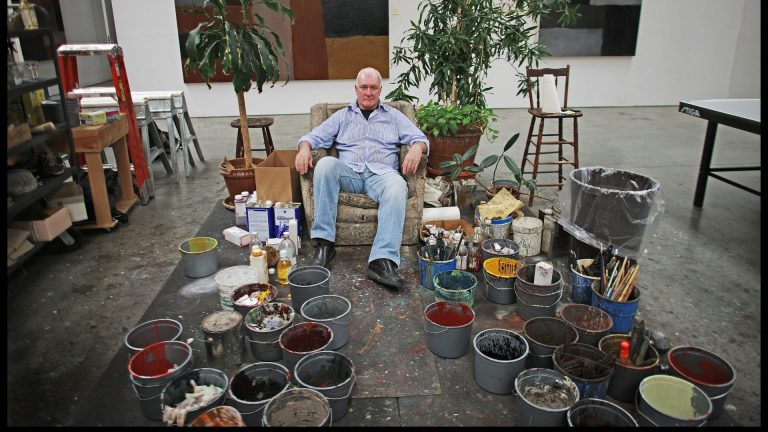
Can you ever truly understand an artist?
The privileged world of art collecting might seem well insulated from such existential concerns, but it’s an edifice supported by an underpaid, precariously employed workforce, from the waiting staff who maintain a steady flow of champagne and canapés, to gallery assistants, and the artists themselves. If Milan is to be Europe’s next art capital, it’s not enough to attract a wealthy clientele – it needs to support and nurture a grassroots scene, in which students and early career artists can thrive.
This is not currently the case, according to gallerist Matthew Noble: “If you go and see the majority of the artists exhibiting at this fair, they’re not Italian,” he told me from his Miart booth. He founded ArtNoble in 2018 with the intention of addressing this absence, and is, he said: “the scouting gallery of Italy”.
Fabrizio Ballabio, co-founder of another young gallery, Zaza, has been similarly focused on next-generation Italian artists since opening a space in Milan in 2022. After returning to Italy from London in 2019, Ballabio and his business partner Alessandro Bava settled in Naples where they showed a range of international artists. On moving to Milan, “we realised that there was really a lack of young galleries which took on young Italian artists”, he said.
By championing young galleries like Zaza and Artnoble, Nicola Ricciardi, director of Miart, positions the fair as the solution not the problem. Emerging galleries benefit from prominent, heavily subsidised booths, with free hotel accommodation provided for first time participants. It’s an approach in keeping with the theme of this year’s fair, “Among friends”, which marked the one hundredth anniversary of the birth of Robert Rauschenberg with a title borrowed from his last retrospective.
The theme “underlines the fact that we feel the responsibility,” said Ricciardi, “to create a safety net in these very complicated times, both in world politics, but also in the art market.”
The imminent arrival of the Thaddaeus Ropac gallery is, according to Ricciardi, part of this community-building exercise. “Thaddeaus Ropac is not coming here just to take clients from other galleries, it is something that he’s doing because he believes that this is a fertile ground for him, and also for artists. I’m an optimist, I might be a little bit naïve, but I really do believe in the ‘stronger together’ mantra.”
Diego Viapiana, director of Milan’s Nuova Galleria Morone has a loyal clientele of established collectors – but times are tough: “Five years ago, I’d call my client and say, ‘I have this work by Josef Albers’, and in five minutes, we’d close the deal. Now, it’s talk, talk, talk, negotiation, negotiation – it’s very slow”. It’s a sentiment shared across the fair, and not just by Italian galleries. One dealer put it more bluntly: “The contemporary art market is dead,” he said.
Against this backdrop, the arrival of big international concerns feels, for some, less like an endorsement than a threat. Secci Gallery was founded in Florence in 2013, but relocated to Milan in 2021, attracted by the dynamic market.
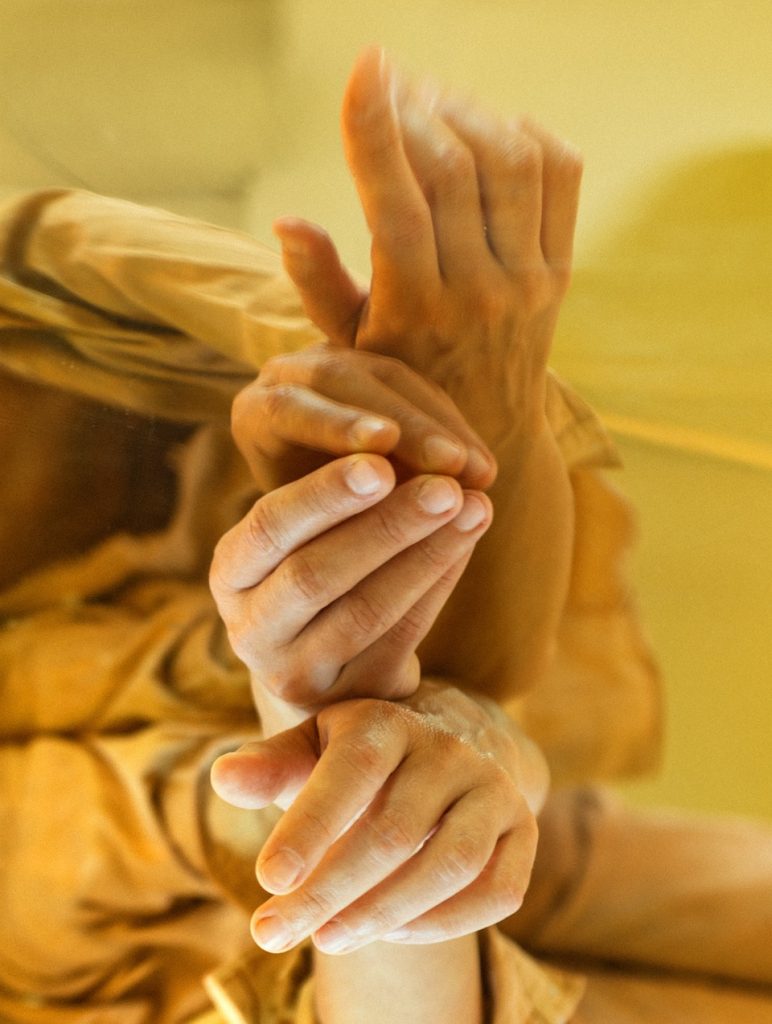
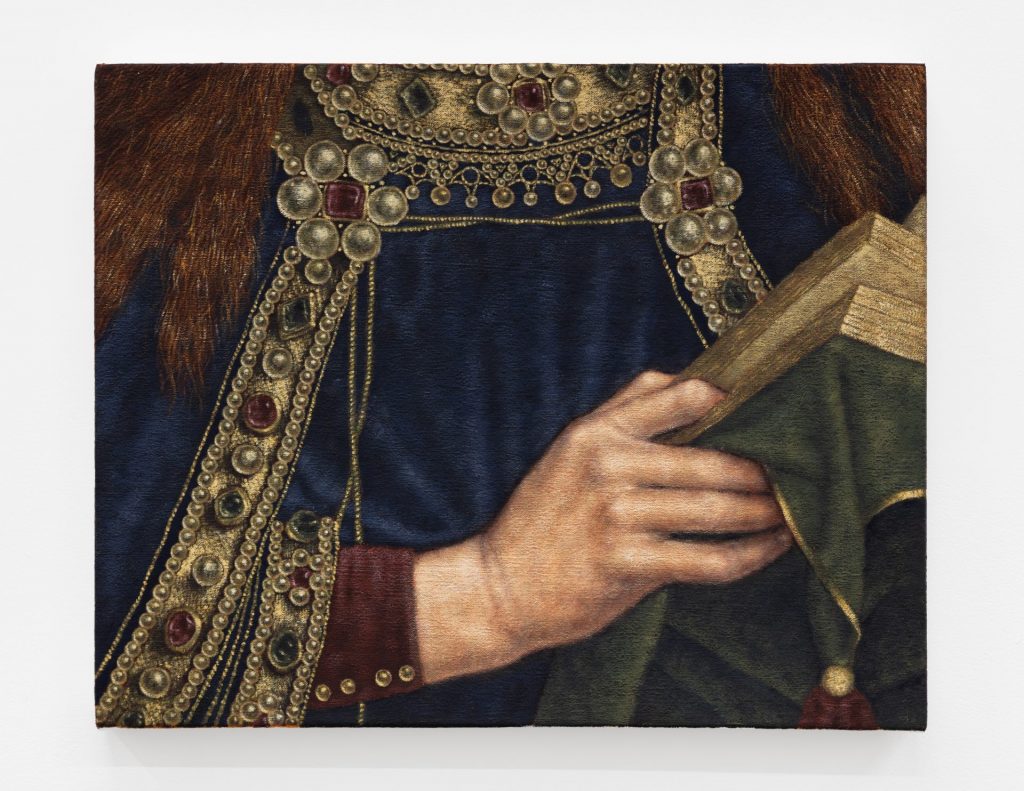
Matthew Noble welcomes the attention that heavyweight new arrivals bring to the city, but is wary of poachers. “We’ve had occasions where artists that we’ve launched have been picked up by major European galleries, just like that. It’s tough because you’re the ones investing in the early stage, giving them credibility, and visibility.”
While Trump’s “Liberation Day” tariffs briefly introduced a new source of anxiety during Miart week, the most pressing cause for concern for Italian galleries has for some time been the swingeing 22% VAT payable on art sold in Italy. I“If we don’t do anything to lower VAT it will put us out of competition,” said Ricciardi. “If you take your car and drive 300 kilometres you’re in France, where VAT on art is only 5.5%. That’s crazy, right?”
In a surprise policy shift, the Italian government announced on 20 June its intention to reduce VAT to 5%, to make it the lowest in Europe. One motivation may have been predictions that the Italian art market would contract by almost 30%.
One effect of the rate slash may be to help smaller galleries compete more effectively with blue chip galleries, who might previously have chosen to conduct a sale from a French or German office to avoid paying 22% VAT.
Suggested Reading
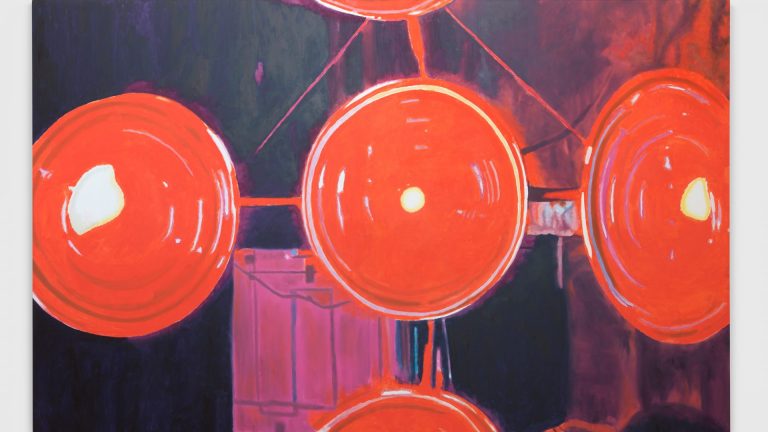

Luc Tuymans, the angry artist who went to church
As Matthew Noble explained: “If an artist is exhibiting in an Italian gallery and a French gallery, obviously you’re going to buy from the French gallery, because you’re spending 5.5% on VAT and even with transport and everything else, it’s still going to be cheaper than buying from the Italian gallery.”
Though Thaddaeus Ropac conceded the point, he emphasised that the decision to open a gallery in Milan had been taken some time ago. Surprisingly perhaps for a businessman of Ropac’s calibre, the Italian office is an emotional as much as an operational decision, resulting from many years of building connections in the country: “We didn’t do much of a feasibility study. The decision was really driven by the question of, ‘is this a place which inspires our artists?’”.


